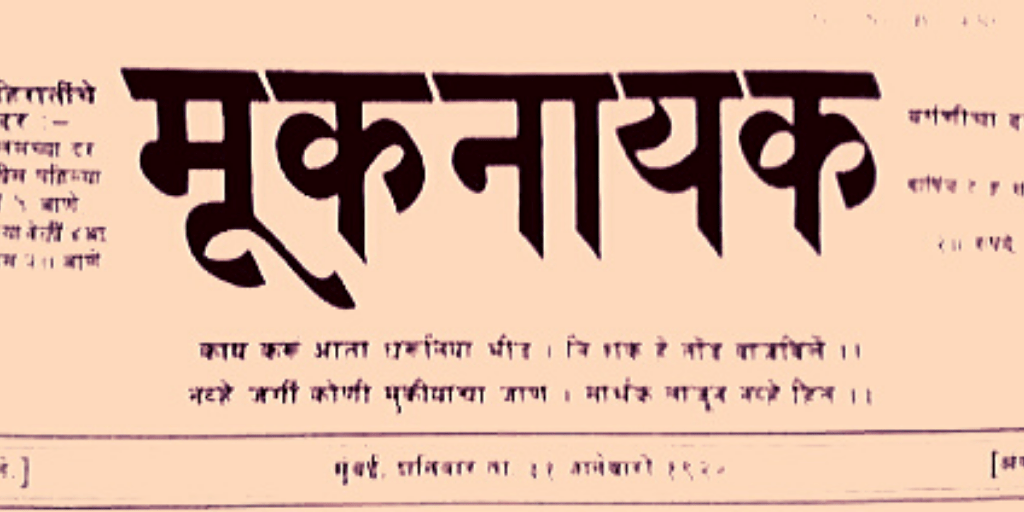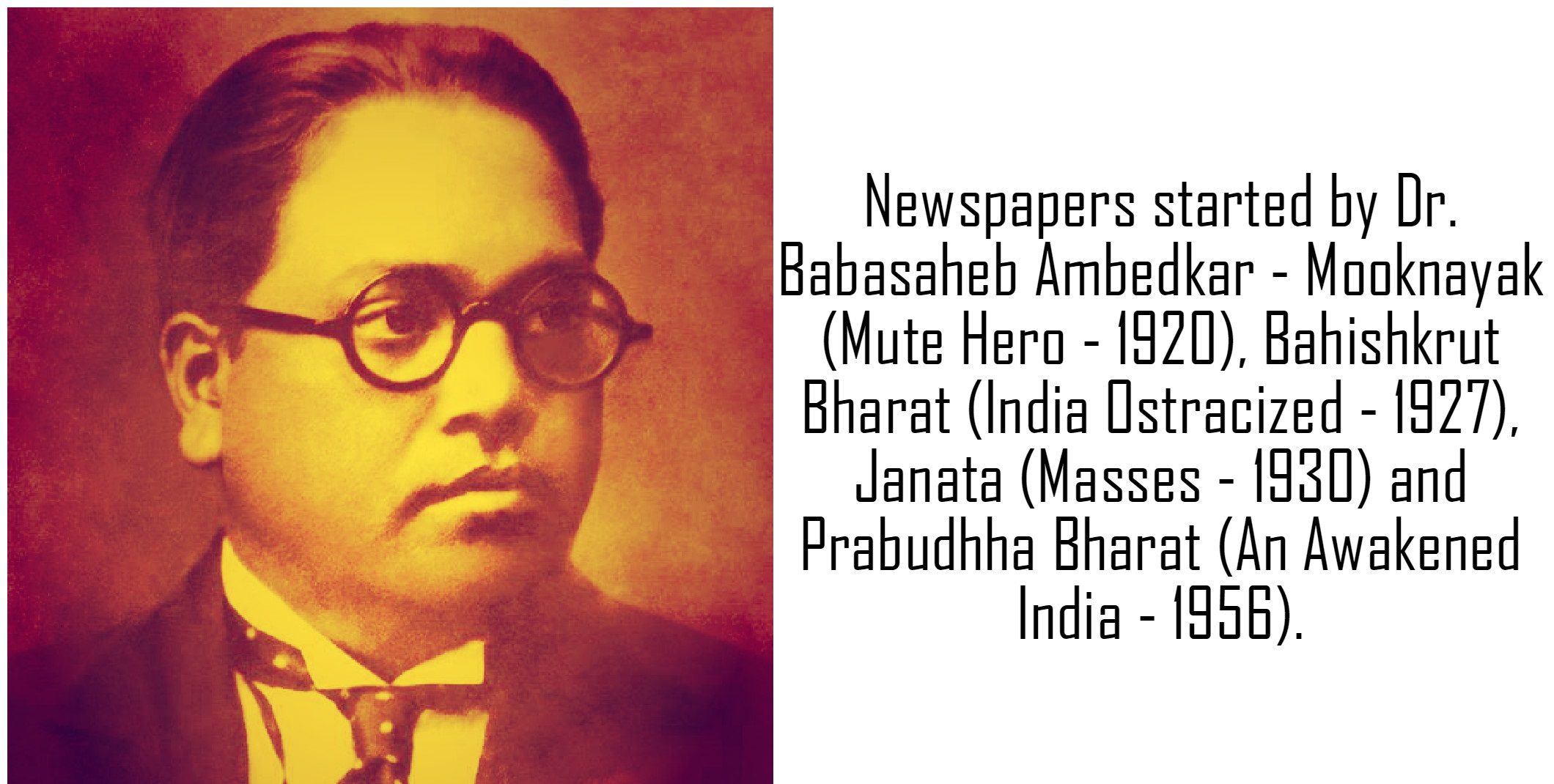
100 Years Of #Mooknayak – Get A Glimpse Of It
31st January marks the centenary year of the Mooknayak (Mute Hero, the leading voice of Voiceless).
On 31st January 1920, the fortnightly magazine “Mooknayak” was published for the first time by Babasaheb Ambedkar. The magazine or one can say fortnightly lasted for one year. The study of this newspaper is important as it was not just one of the first initiatives to awaken the masses, but it was also one of the “thought” newspaper with an aim to build the movement. The language of the newspaper was Marathi. When Babasaheb Ambedkar came back to India after finishing his higher education, his mind was already well machined to argue in a clearer and logical language.
The articulation of his ideas is clear, but the tone is a visceral attack on Brahminism and caste system. The language is classical, but not textual. It speaks to the masses with idioms prevalent in society. Sometimes funny twist on a single word makes it explanatory and also sarcastic. For example, in one place Babasaheb Ambedkar asks if Shankaracharya is Shankaracharya or Sharkaracharya. Sharkara in marathi is sugar. The kurtKoti Shankaracharya is lampooned as Turktopi. The language is brought in the service of awakening people and the use of language to communicate angst against the hypocritical casteists with wordplay, pun, sarcasm, and use of common idioms is indicative of the high skills and high mind that Babasaheb cultivated.

The analysis of Babasaheb on contemporary social and political issues is reflected from the first issue itself. The concrete images that he uses to demonstrate abstract ideas are remarkable. He described the graded inequality as the stairless tower of four floors and that ascending and descending between the floors is impossible. What an image to understand the graded inequality cast in the iron cast! Education, and particularly, education through English as milk of a tigress is a vivid image of what education can do to the individuals. The language is popular and the images are educative.
Turning to the content of the newspaper, one can see that the content is multilayered and addressed to multiple audiences. While it gives stern warnings to the oppressive classes, it opens up ideas and strategies for the oppressed classes. The idea of the unity among the different sections of the Untouchable castes is pushed from the inception of the newspaper and rather it seeks the unity of the untouchable castes.
The great cricketer among the Chamar castes in Maharashtra, Balu Padwalker, is felicitated and honoured in a column. The newspaper writes about Rohidas and other untouchable saints, but Babasaheb refers to Tukaram, the revolutionary saint, often. In fact, the Mooknayak and its relevance are summarised by the Gatha of Tukaram. This attitude of drawing on from popular tradition among the non-Brahmin communities is a hallmark of Mooknayak. However, the newspaper in its approach went behind the local issues. Sometimes in the news section, the reader will encounter the news across the oceans.
Read also – Dr. Ambedkar As A Journalist
The Mooknayak is the live commentary on the burgeoning movement of that time. It documents two important conferences of the Depressed Classes that took place in Mangaon and Nagpur in 1920. The proceedings of each day are documented along with a brief summary of the speeches made and resolutions passed during these conferences.
The advertisement section is important as well. The newspaper is critical about Brahminical media like Kesari and its founder Tilak. The Mooknayak even debates if Tilak is qualified to be Lokamanya. Perhaps the opposition goes to such a level to challenge the arrogance of Brahmins, Babasahab’s then trusted friend, Dattoba Pawar, opened a shop of shoes and chappals named as “Lokamanya Shoes and Chappal Shop”. This shop is advertised in many editions of the Mooknayak.
What is insightful about reading the editions of the Mooknayak today?
The issue of democracy and democratisation of Indian society is still a vital issue and Babasaheb goes deeply into democracy, citizenship, ethics of the society, and methods to bring democracy.
Yes, even today the pages of the Mooknayak mirror the contemporary society and degradation of humanity by Brahminism.
Author – Mangesh Dahiwale, Human Rights Activist
Read also – “मूकनायक” पाक्षिक का पहला अंक 31 जनवरी 1920 को प्रकाशित हुआ था




+ There are no comments
Add yours